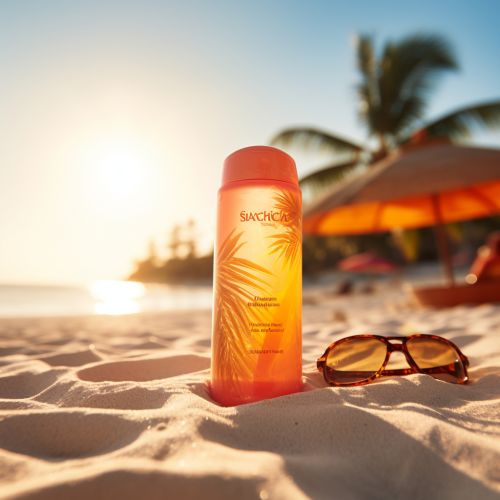Sunscreen
Introduction
Sunscreen, also known as sunblock or suntan lotion, is a pharmaceutical formulation that absorbs or reflects some of the sun's ultraviolet (UV) radiation. It is used on the skin to prevent sunburn, premature aging, and skin cancer. Sunscreen is a critical component of a comprehensive sun protection regimen that also includes shade and protective clothing.
History
The first effective sunscreens were developed in the 1930s and 1940s, with significant improvements in UV protection and cosmetic acceptability made in subsequent decades. The FDA began regulating sunscreens in the 1970s, and current regulations and guidelines reflect our evolving understanding of the risks of UV exposure and the benefits of sunscreen use.
Composition
Sunscreen formulations contain one or more active ingredients that absorb, reflect, or scatter UV radiation. These active ingredients fall into two main categories: organic (or chemical) filters, which absorb UV radiation, and inorganic (or physical) filters, which reflect or scatter UV radiation. Many sunscreens contain a combination of organic and inorganic filters to provide broad-spectrum protection against both UVA and UVB radiation.
Mechanism of Action
Sunscreen works by absorbing, reflecting, or scattering the sun's UV radiation, preventing it from reaching the skin. Organic filters absorb UV radiation and convert it into a small amount of heat, while inorganic filters reflect or scatter UV radiation. The effectiveness of a sunscreen is measured by its sun protection factor (SPF), which indicates how much UVB radiation it can block.
Efficacy and Limitations
While sunscreen is effective at preventing sunburn and reducing the risk of skin cancer and premature aging, it is not a complete solution. No sunscreen can block all UV radiation, and even high-SPF products do not provide complete protection. Sunscreen should be used in conjunction with other sun protection measures, such as shade and protective clothing, and should be applied correctly and reapplied regularly for maximum effectiveness.
Safety and Environmental Impact
Most sunscreens are safe for regular use, but some ingredients have raised health and environmental concerns. Some organic filters have been linked to hormone disruption, while some inorganic filters have been found to harm coral reefs. These concerns have led to the development of "reef-safe" sunscreens and increased interest in alternative sun protection strategies.
Future Developments
Ongoing research and development efforts aim to improve the effectiveness, safety, and environmental impact of sunscreens. These efforts include the development of new UV filters, improved formulation techniques, and alternative sun protection strategies.
See Also


